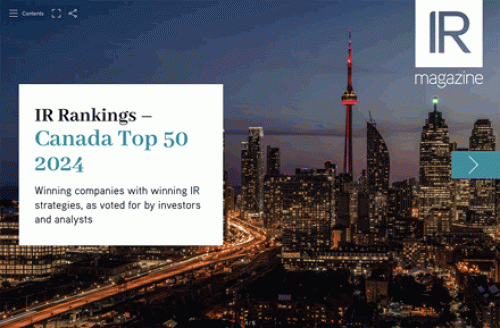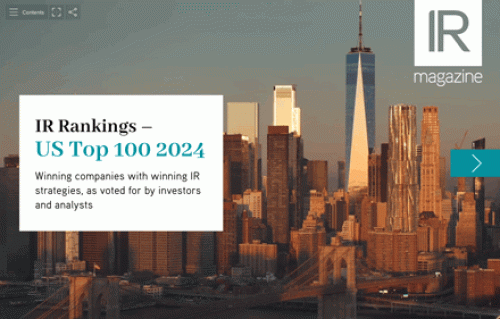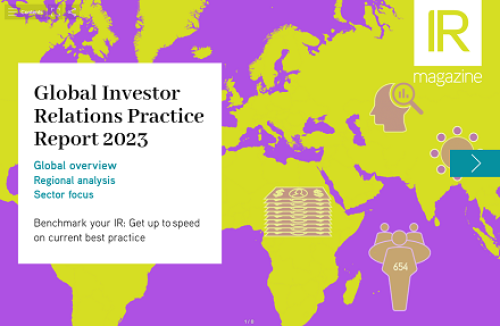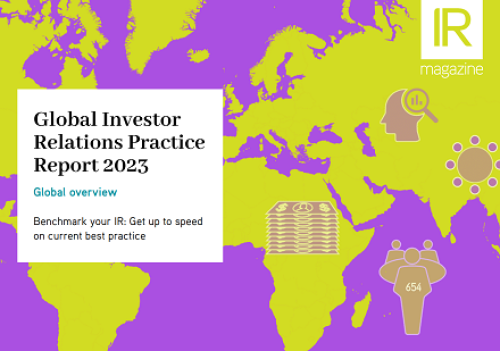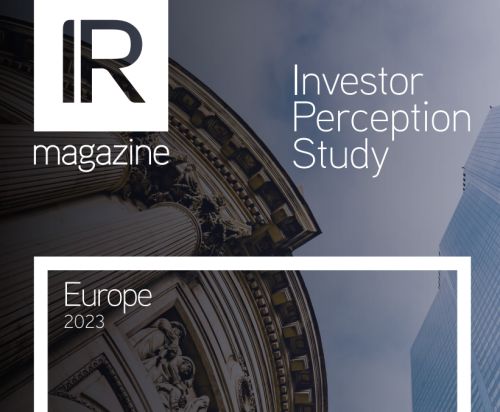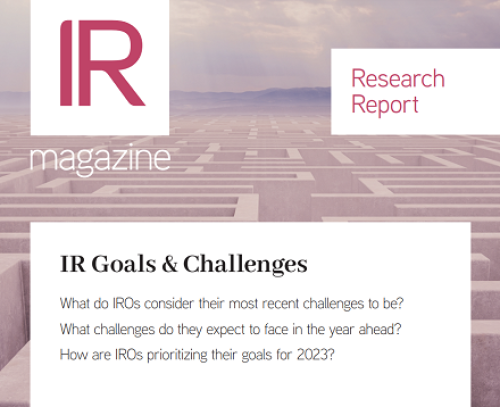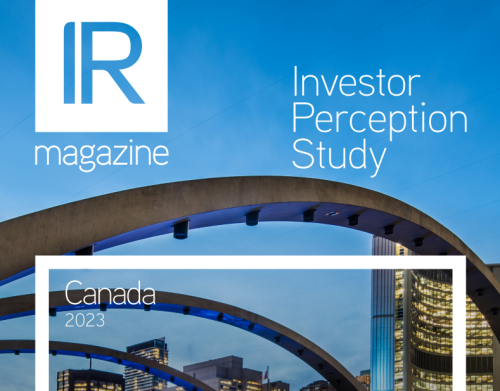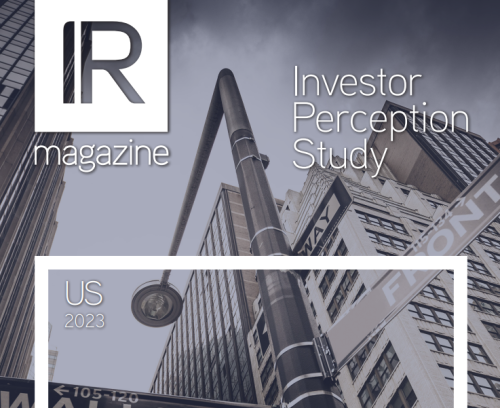No matter how you look at it, the return on investment in IR is enormous
A roundup of academic research from the world of IR studies
Need to do more with less? The results of a comprehensive study pinpoint just which IR activities and strategies add value – and which do not. The survey of more than 800 IROs from 59 countries uncovers strong causal links between certain IR activities and Tobin’s q valuation ratios.
‘[Based on a one standard deviation higher index score on total IR activity] we document somewhere in the order of an 11 percent to 15 percent boost in fundamental valuations,’ says study
You need to register to access 3 free deep dive articles per month. To continue reading please register or login below..
- Unlimited deep dives
- Data-driven research around key topics
- Buy-side insights
- Benchmarking reports
From
$1495

